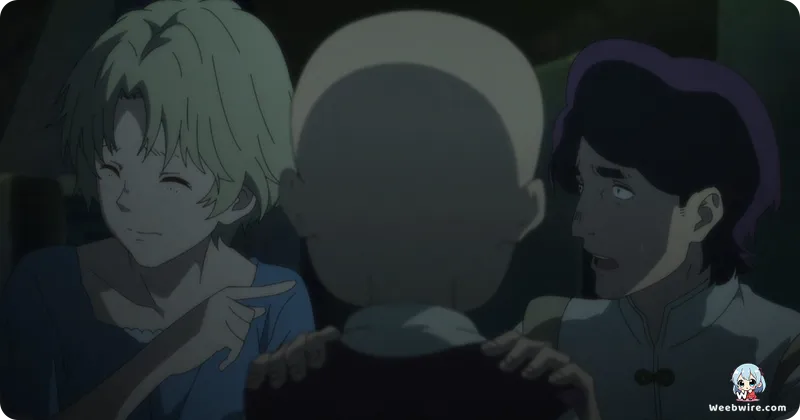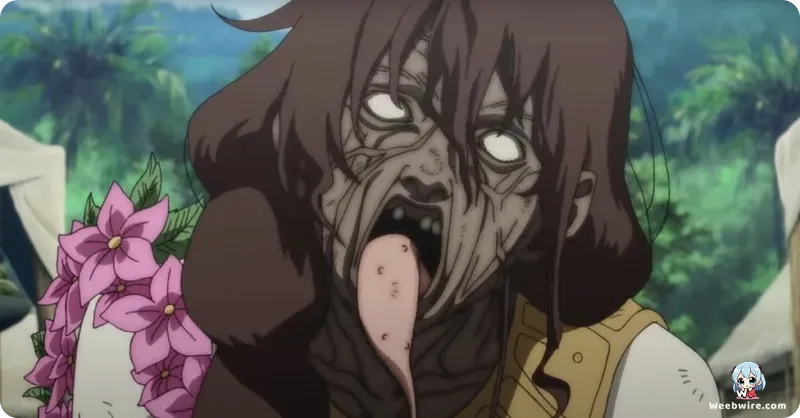To Your Eternity Season 2: Unveiling Its Profound Depths and Creative Evolution

Dive deep into the profound world of To Your Eternity as we unveil fascinating insights surrounding its highly anticipated second season. While Fushi's immortal odyssey through life, loss, and self-discovery is well-known, a trove of captivating revelations lies beneath the surface, particularly concerning Season 2 and the creative forces behind it. Far from a typical fantasy epic, Yoshitoki Oima’s critically acclaimed manga adaptation challenges viewers to confront the very essence of existence, love, and humanity itself.
Fushi's Evolving Consciousness
A core focus of To Your Eternity Season 2 is Fushi's intricate evolution. More than just an immortal being, Fushi is a living tapestry, absorbing the essence of everything he encounters to assume their forms. Each transformation imprints upon him the memories, emotions, and even personalities of the original, profoundly shaping his developing consciousness. His enduring connection to the wolf Joaan, for instance, remains a constant echo of his initial sentient experience. As Season 2 progresses, Fushi’s encounters multiply, and the psychological weight of these accumulated identities becomes a powerful central theme, highlighting both the immense burden and the unparalleled perspective his immortality offers. The series masterfully portrays how these combined experiences, a mosaic of joy and tragedy, forge his understanding of the world and his ultimate purpose.
The Enigmatic Observer
Another intriguing element is the enigmatic entity known as “It” or the “Observer.” This seemingly omniscient celestial being initiated Fushi’s journey on Earth. Its sparse yet pivotal interactions with Fushi often serve as philosophical guideposts or catalysts for his next phase of development. A key detail is the Observer’s seemingly neutral stance on Fushi’s suffering; while it offers context, direct intervention is notably absent, allowing Fushi to navigate the full spectrum of human emotion. This non-interference is crucial to Fushi’s growth, compelling him to learn independently and making his eventual grasp of humanity all the more resonant. The Observer's role transcends control, facilitating an organic, albeit arduous, learning process for Fushi.
A Change in Animation Studio
A significant behind-the-scenes fact for To Your Eternity Season 2 involves a change in the animation studio. While Brain's Base animated the first season, known for its distinctive emotional resonance, the second season saw the baton passed to Studio Drive. This transition sparked considerable discussion among anime enthusiasts. Studio Drive, recognized for meticulous detail and adapting diverse manga styles, successfully preserved the poignant visual storytelling and character expressions crucial to the series' emotional core. This studio change presented both a challenge and an opportunity to interpret Oima's intricate world, with fans often discussing the subtle visual distinctions between the two seasons.

Yoshitoki Oima's Visionary Storytelling
Yoshitoki Oima, the visionary mangaka behind To Your Eternity, infuses the series with her signature thematic depth, a trait evident in her prior acclaimed work, A Silent Voice. While A Silent Voice explored themes of bullying and redemption, To Your Eternity expands upon Oima's profound understanding of human connection and suffering on an epic, immortal scale. Her unparalleled ability to craft deeply empathetic characters and explore human relationships against insurmountable odds remains a cornerstone of her storytelling. This consistent thematic thread across her works illuminates her artistic philosophy, demonstrating her unwavering commitment to exploring the human condition through unique lenses. The cyclical nature of life and death, the persistent struggle for connection, and the bittersweet beauty of fleeting moments are all hallmarks of Oima's narrative style, making To Your Eternity Season 2 an exceptionally profound viewing experience.
Credits
To Your Eternity Season 2
Author
Yoshitoki Oima
Cover Art
Yoshitoki Oima
Studio
Drive
Publisher
Kodansha
Producers





